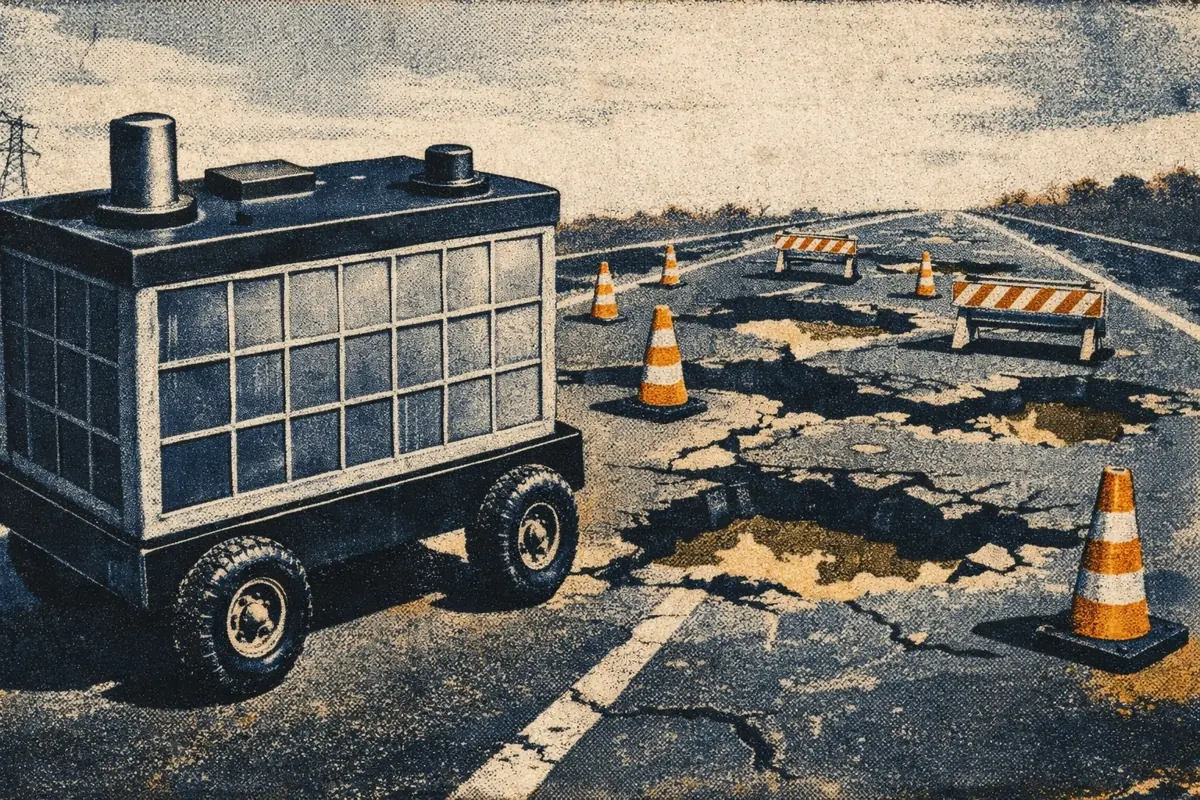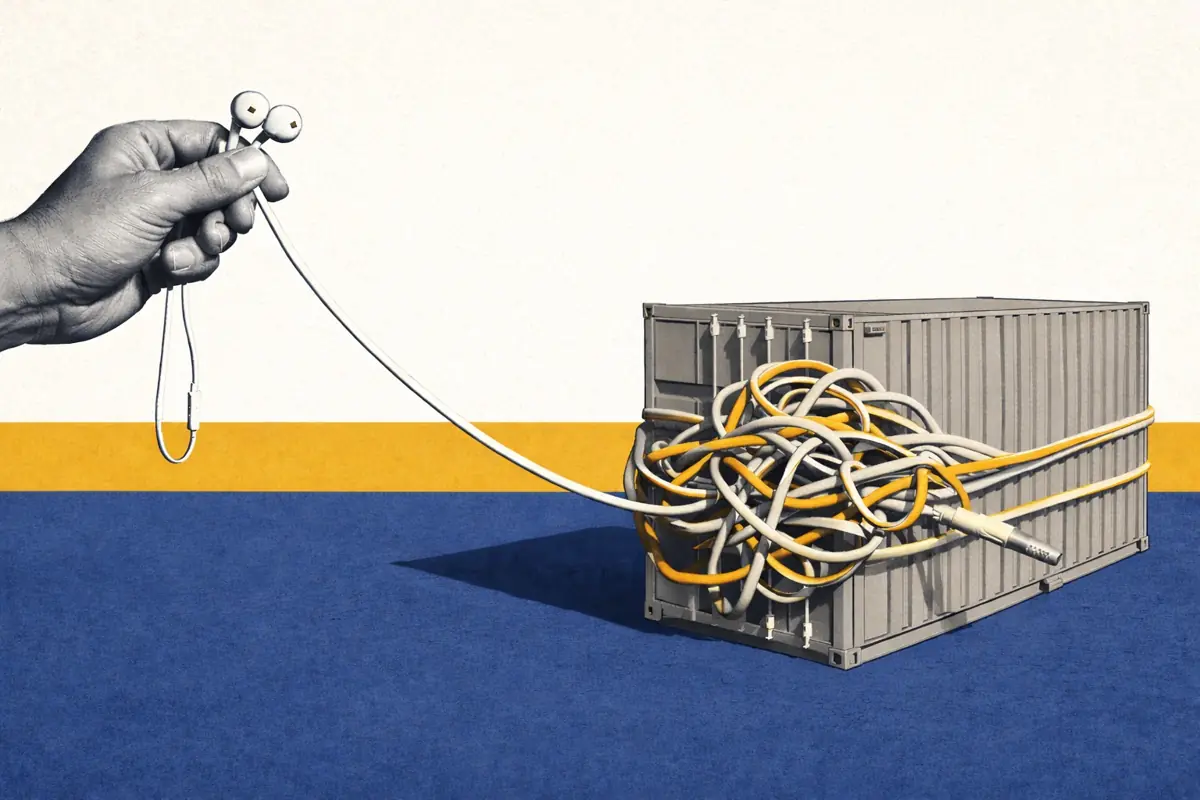The rise of NESO: the National Energy System Operator
On 22nd January 2024, National Energy System Operator (NESO) became the official name of the planned Future System Operator (FSO). The FSO (now NESO) was officially introduced via the Energy Act 2023, which put in place the legislation through which National Grid ESO will transition to this new form.
NESO will be a publicly owned company that will inherit and expand upon the roles previously held by National Grid ESO - encompassing a wide range of responsibilities across the energy sector. It will also incorporate the system and market planning roles currently held by National Gas Transmission.
This transition marks a significant change to the management of the energy system. But why is it needed, and how will battery operators be affected?
In summary:
- NESO will be a publicly-owned corporation overseen by Ofgem, incorporating all of the ESO’s current responsibilities.
- Over time, NESO’s responsibilities will expand so it has more strategic oversight of the energy system.
- It will be required to balance three objectives: achieving net zero, ensuring security of supply, and ensuring efficiency and economy.
- For battery operators, expansion of the system operator’s mandate to include net zero could be beneficial.
Why is the NESO needed?
Currently, National Grid ESO is responsible for real-time management of the electricity system in Great Britain. The ESO is required to maintain a safe, reliable, and efficient electricity network. In practice, this means maintaining grid frequency at 50Hz at the least cost to consumers. They achieve this by developing balancing and frequency response markets and using these to manage the system in real time.
The electricity grid has become more decentralized, with intermittent renewables replacing centralized thermal generation. As a result, the system has become significantly more complicated and expensive to manage.
The NESO will expand the role of the system operator significantly to address this challenge. The new system operator is able to strategically plan electricity and gas networks, provide advice to the government, and identify risks and interactions within the whole energy system.
The government chose the system operator for this role because of its unique position at the center of the energy system. It will have a statutory duty to undertake its function in a way that best promotes: achieving net zero, ensuring security of supply, and ensuring efficiency and economy.
What will change?
Most significant among the planned changes is a change in ownership and structure of the system operator. Currently, National Grid ESO is a private-sector company. It is wholly owned by the National Grid group of companies, but operates independently from it. National Gas Transmission is a separate private sector company that has responsibility for the gas transmission network and system operation.

NESO will instead be a public corporation, overseen by Ofgem, with operational independence from the government. On day 1, it will incorporate all of the existing functions of the ESO, as well as strategic gas network planning and market strategy functions from National Gas Transmission. Real-time gas system operation will remain with National Gas Transmission.
Elexon - the organization responsible for overseeing the Balancing and Settlement Code (BSC) - is currently owned by National Grid ESO, although operationally it is governed by the wider industry. Its ownership will be transferred to the 13 largest BSC parties - electricity suppliers and generators.
Over time, the responsibilities of NESO are expected to grow. It will be expected to provide expert advice, analysis, and information to Ofgem and the government. Initially, this will likely build on existing ESO responsibilities, such as its publication of the Future Energy Scenarios.
How will this affect battery operators?
The ESO runs frequency response and Balancing Mechanism markets - two significant markets for batteries, responsible for 67% of total revenues in 2023.
The ESO will transition to the NESO in summer 2024. In the short term, it is unlikely that batteries will see any major changes from this, aside from administrative differences.
Longer term, the increased role of the NESO could be beneficial for batteries. We have previously shown, for example, that skipping battery energy storage in the Balancing Mechanism increased carbon emissions by 50,000 tonnes in 2023. With a new mandate to reduce the energy sector’s carbon emissions in line with net zero commitments, NESO could face additional pressure to address battery skipping if this is shown to be increasing emissions. Ofgem are currently consulting on how the NESO will be regulated and how it will measure performance.







